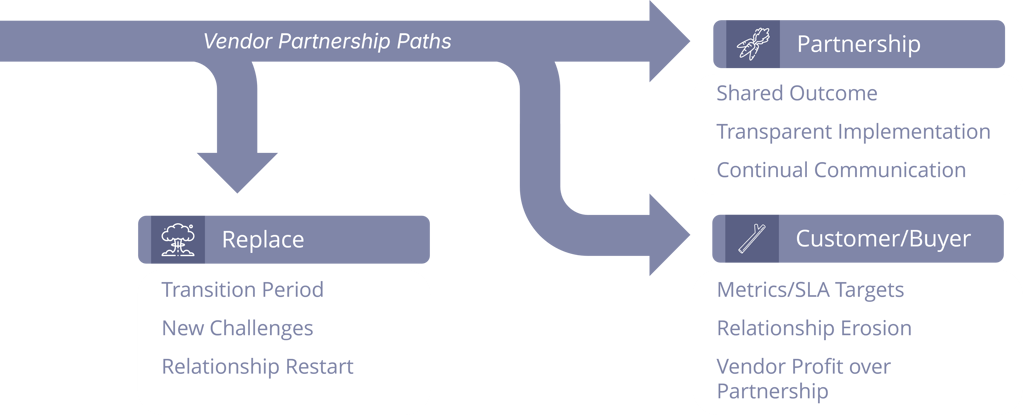
Across the telecom network landscape, complexity is a defining characteristic. Service delivery increasingly relies not only on internal infrastructure and resources but also on a network of external collaborators. These entities form an interconnected ecosystem that supports the delivery of modern telecom network services. The management of these relationship life-cycles extends beyond procurement and compliance. It represents a strategic discipline focused on continuously aligning roadmaps, harmonizing operations, and establishing or maintaining trust across organizational boundaries to build partnerships.
Telecom partners encompass a broad range of contributions to a network, including real estate, infrastructure, equipment, and services. These include equipment vendors supplying radios, antennas, baseband units, and transport gear for radio access networks and backbone infrastructure; core network providers responsible for switching, routing, and signaling platforms; fiber providers enabling transport layers; roaming partners facilitating international service coverage; virtual network operators leveraging existing platforms; cloud and edge providers hosting workloads; and system integrators coordinating end-to-end service delivery. Each partner plays a distinct role within the broader product or service chain. Effective management of these relationships is essential not only to prevent operational friction but also to realize strategic value for both parties. Unmanaged partnerships can result in service degradation, fragmented workflows, compliance vulnerabilities, and missed opportunities for innovation. In contrast, structured engagement fosters a resilient, responsive, and scalable network ecosystem.
Establishing this level of coordination requires a set of foundational practices. Collaborative planning is essential, involving joint roadmaps, shared capacity forecasts, and synchronized upgrade cycles. These efforts enable proactive alignment and reduce the likelihood of reactive decision-making. Service-level agreements must be clearly defined and continuously monitored. Real-time visibility into performance metrics supports escalation protocols and facilitates ongoing optimization. Clear business metrics, both structured and unstructured, between operators and partners maintains long-term investment in the overall relationship. Structured mechanisms, program/project key performance indicators, costing, business value, with regular review mechanisms across multiple levels of the business, maintain transparency and operational agility beyond perception.

Like all relationships in life and business, there can be a cycle and a time for reevaluation and classification of what the relationship is and will continue to be. Early vendor-operator relationships are often fruitful, with both sides contributing to a shared success. As time moves forward, each side will need to continue working on the relationship, delivering value and a continued return on the invested partnership. Without this investment, complacency or diminished commitment to deliver may erode the collaboration. As the partnership evolves, each partner must evaluate their investment. The continued relationship requires a return on investment, clear expectations, and a clear understanding of the type of business relationship it will foster moving forward: transactional, partnered, or complex. The path forward on each may require growing together, scaling back, or evaluating replacement. Each management path brings potential rewards and challenges.
Effective partner management requires a shift from a direct transactional engagement model to a strategic collaboration framework built on the total long-term cost of partnership. This approach involves aligning goals with transparency in operational planning and execution. Operators and vendors must establish mechanisms for early risk identification, roadmap disclosure, and open communication regarding constraints. Such transparency supports informed decision-making and enables adaptive responses to evolving conditions. Joint efforts in roadmap resolution, innovation investment, and engagement contribute to a more resilient partnership model. When both parties operate with shared accountability and mutual commitment, the relationship extends beyond operational coordination and becomes a strategic enabler. In a disaggregated, virtualized, and edge-centric network environment, collaborative success is essential.
A shared operator-supplier partner relationship is not solely about price and operational continuity. It is about cultivating an ecosystem for innovation and sustainability where the growth is shared.